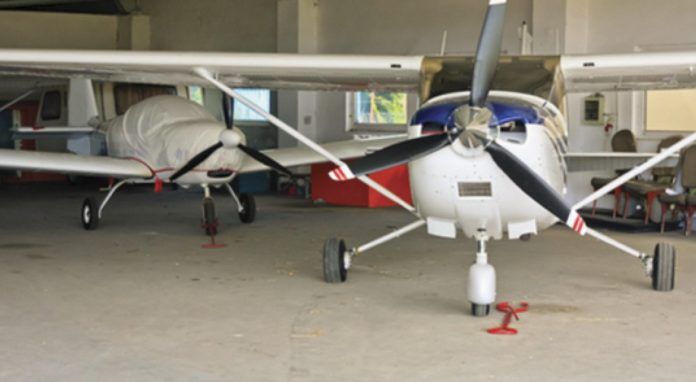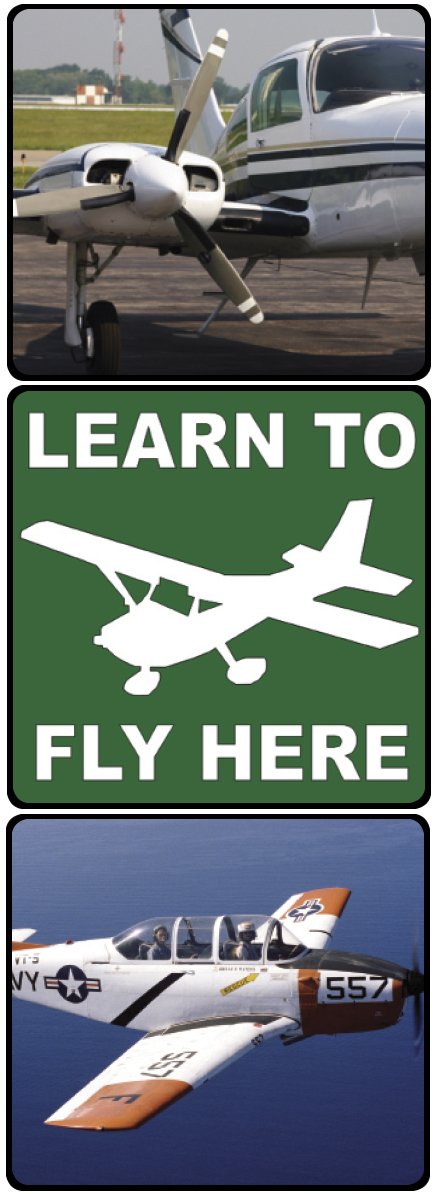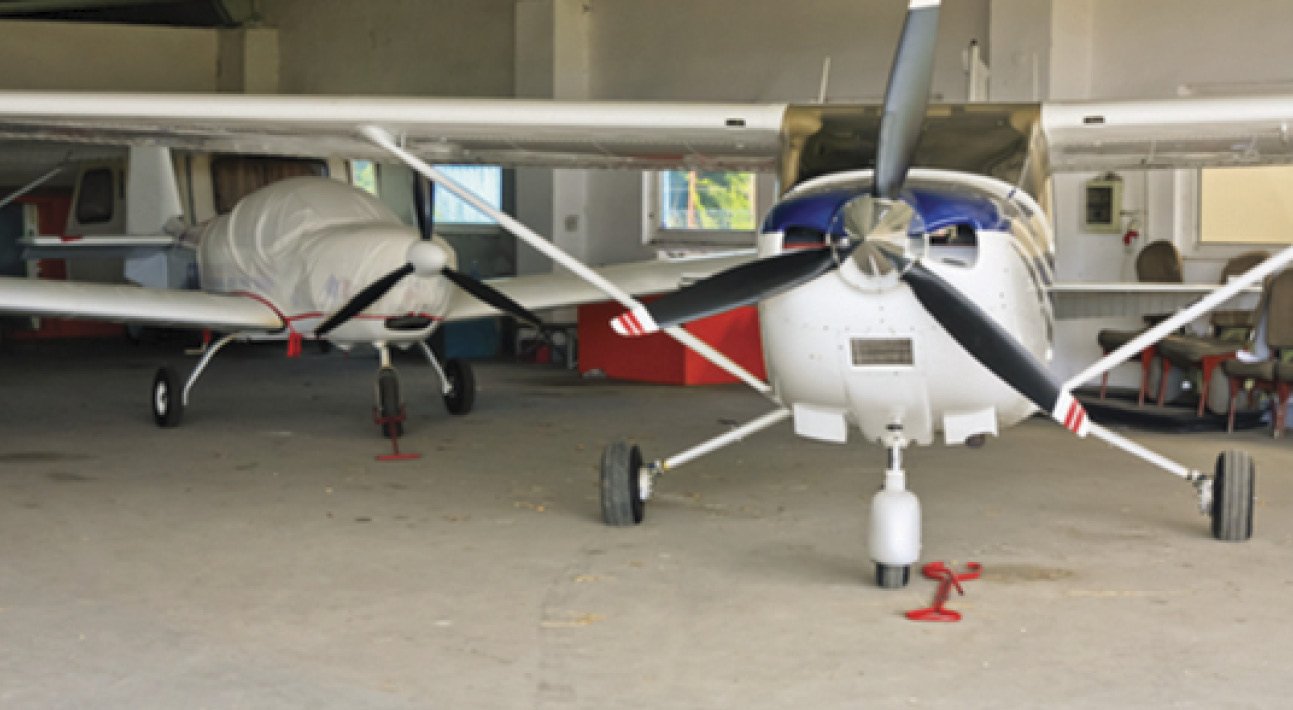
Most pilots look forward to the challenge involved in qualifying to fly a new make or model aircraft. They anticipate the ritual involved in the “checkout” and are understandably proud when they receive a signoff from a flight instructor. That ritual may involve one flight and three touch-and-goes, or multiple flights and several instrument approaches, among other operations. Regardless, managing the risks of introducing yourself to a new aircraft is at the core of this process.
Keep in mind that such checkouts usually aren’t required by the FAA if the transitioning pilot already holds a rating or endorsement appropriate for the aircraft (see the sidebar at the top of the opposite page). Instead, it’s likely such checkouts are required by the company insuring the aircraft. In many cases, transitioning may not require a CFI. Whether that’s wise is a matter of risk management.
Identifying, Assessing Risks
When approaching a transition, familiar techniques identify, assess and mitigate the risks. To illustrate this, let’s assume you’ve acquired a single-engine retractable you are anxious to fly to a destination 800 nm away in a few days. You already have a complex airplane signoff in another retractable, but you have zero hours in the new model you have acquired. Let’s also assume that you are instrument-rated and moderately experienced, with 1000 total hours. We’ll use the standard PAVE acronym, for Pilot, Aircraft, enVironment and External pressures.
Regarding pilot risks, the primary concern is one of qualification. You may be legal to jump in your new bird and set out, but you may only be “current” and not “proficient” to meet any significant challenges. The aircraft risks, meanwhile, may include several factors, including unfamiliar avionics and equipment, performance differences and equipment issues you’re not yet aware of. Environmental risks also may be present. What about the weather on your planned launch day? Are there terrain, airport or other issues you will face (e.g., a high density-altitude takeoff in an unfamiliar airplane)? Do youreallyknow how to use the panel-mounted equipment to shoot a for-real approach? And, of course, you certainly may be facing some external pressures by wanting badly to use your new bird for this trip.
The risk assessment matrix at left can help us assess these risks. Collectively, the level of risk severity introduced from some of these potential hazards could be at least critical if not catastrophic. As for risk likelihood, with your lack of experience in the aircraft, it could be at least at the occasional level. This places you squarely in the yellow or serious level of total risk in one or more elements.
As you ponder these risks and how to mitigate them, you wonder if it’s too late to engage a flight instructor. Is one even available? Does he or she have experience with your model aircraft? How exactly would the instructor’s services mitigate the risks you have identified?

Basic Make/Model Transition
The FAA’s FAR Part 61 governs transition to other makes and models of aircraft, and it’s remarkably straightforward. In a nutshell, no flight instruction is required when transitioning to another aircraft in the same category and class for which the pilot holds a rating. There are, of course, several exceptions, which are enumerated in the table above.
Owners with an appropriate category and class rating are free to jump into any new aircraft without any formal instruction. They may be subject to insurance training requirements, however, and just because it’s legal doesn’t mean it’s smart. Pilots renting their aircraft usually are required by insurance to receive an initial CFI checkout and, often, periodic checks.
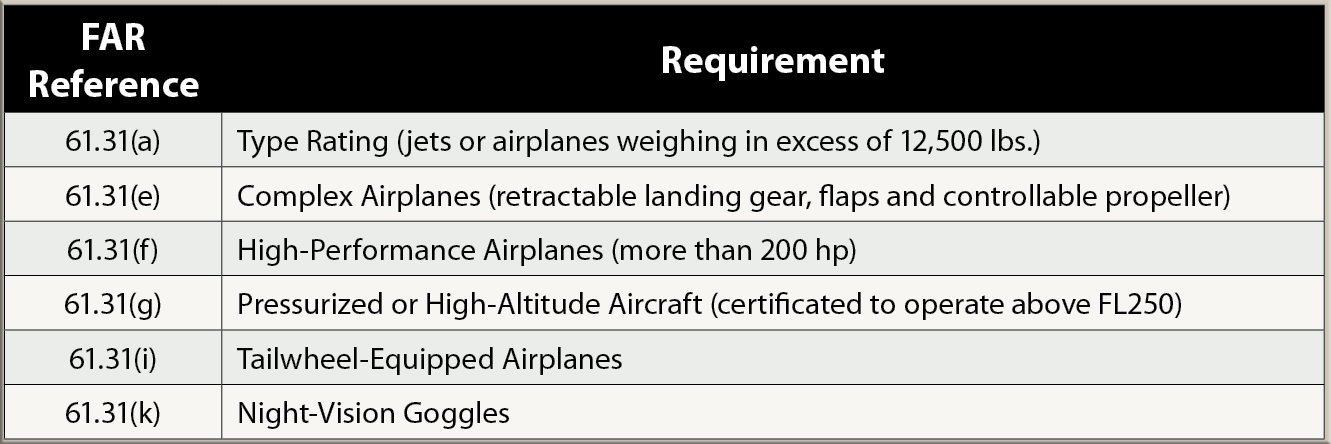
Another Approach
I recently was faced with these same challenges. For the last four years, I have flown only 30-40 hours per year, mostly local flying in a rented Cessna 172, to maintain minimal proficiency. I was just barely remaining instrument current and proficient. I sold my 1980 Bonanza in 2013 when my business use dropped but—as my business travel began to increase again—came to regret that move as the airlines simply weren’t meeting my needs.
As a result, I acquired a 1990 Mooney M20J late in 2017. As soon as the deal was cut, I began identifying the risk hurdles I might face in putting this aircraft in service for my business travel.
On the plus side, I have about 1500 hours of M20J time from when I owned a 1978 model from 1984 to 1993. However, I hadn’t flown any kind of Mooney in the last 24 years. There were also the differences in equipment. When I sold my 1980 Bonanza, it still had only the equipment it came with when new in 1980, except for a portable GPS. The 1990 Mooney, on the other hand, is equipped with a WAAS GPS navigator, ADS-B Out and much better engine instrumentation.
In deciding how to conduct this transition, I considered that in 1984 I did not engage a CFI to provide instruction then, even though I had zero hours in the M20J model. I did, however, have considerable experience in earlier models of Mooneys. Nevertheless, I decided to examine all the risks of the transition so that I would have a plan to get the airplane back to Washington state from its previous base in Chicago and then use it for two nationwide business itineraries. Here’s how my PAVE analysis unfolded.
• Pilot:I decided the primary risks would be my lack of recent experience in the make and model, plus only basic instrument proficiency. I also did not have complete proficiency with the radios and instrumentation, though I was familiar with the Garmin 530/430. I mitigated these risks by a thorough review of the pilot operating handbook (POH) and by sitting in the cockpit the day before my departure to re-establish a cockpit “flow” that I would use to operate the aircraft. I paid special attention to the autopilot and engine management system.
• Aircraft:The POH review helped with my lack of recent experience with the M20J. The airplane had just completed an annual inspection, but my mechanic conducted a thorough pre-buy inspection of the airplane to reduce the possibility of unexpected mechanical issues. I resolved not to take advantage of the airplane’s prodigious range and six-hour endurance and limit the legs to three hours on the ferry trip back to Washington.
• Environment:To reduce the possibility of weather issues, I resolved to avoid any low-IFR situations and to maintain minimums of 1000 and three until I had a few hours in the airplane. I also decided to avoid night flying during the ferry flight. I stuck to airports with 5000-foot runways until I had some time in the airplane. The primary environmental issues I faced on the ferry flight west was smoke from forest fires and the resulting temporary flight restrictions that resulted.
• External pressures:I ensured I had four open days for the ferry flight, even though the flight to the West Coast could be done in one long day. As it turned out, I flew three hours west late on the first day and had an easy trip the rest of the way back the following day.
You are probably wondering why I made no effort to engage a flight instructor for my transition. I thought seriously about it, but there were no instructors available who had even a fraction of the experience I had in Mooneys. I decided that any benefit to be gained was minimal and that my risk mitigation approach was adequate.
Guidance Material
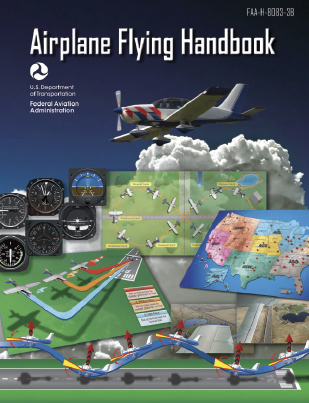
The FAA publishes some guidance material on aircraft transition. TheAirplane Flying Handbook(FAA-H-8083-3B) contains airplane transition guidance in Chapters 11-16. This material, however, targets transitions to different aircraft groups requiring endorsements and may not be tailored to simpler transitions, like from a Cessna 172 to a Cessna 177. There also is Advisory Circular (AC) 90-109A,Transition to Unfamiliar Aircraft. This AC is heavily directed toward transition to experimental amateur-built aircraft and attempts to arrange aircraft into groups with similar performance characteristics. Other resources include the Aircraft Owners and Pilots Association and the aircraft type clubs and organizations supporting specific aircraft models.
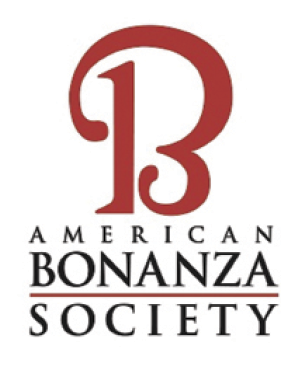
When to seek help
My deciding not to engage an instructor for this aircraft transition was a personal decision I was comfortable with, based on my time-in-type, however far back it was. There is an almost infinite combination of pilot experience, aircraft complexity and other factors that should go into determining how far you should go by yourself in creating a transition experience that minimizes risk while completing the transition process. Here are some guidelines I would use in determining when it is necessary to seek an instructor for a transition.
- It goes without saying that any transition training that is required by the regulations for your circumstances should involve a flight instructor that is similarly qualified and appropriately experienced. That includes any of the endorsements required by FAR 61.31 and especially for aircraft requiring a type rating.

- For any twin engine or turboprop aircraft transition, seek an instructor—or better yet—a training center that specializes in that aircraft.
- Seek a specialized training source for conversion to any “warbird,” except perhaps small liaison aircraft with direct civil aircraft equivalents.
- Seek specialized training if you are planning to use a new-to-you aircraft for any kind of specialized operations that you have never performed before, such as mountain or remote area operations.
- For any aircraft with significant avionics differences, even if it is the same make and model you have been flying, find an instructor who has experience with that gear. Also invest in manuals, online training courses and other educational material pertaining to the installed equipment.
- You may not find it easy locating an instructor who is qualified to provide you with effective instruction for your transition. In some places in the U.S., there is a shortage of instructors in general, so finding one with specific make and model experience may be even more difficult. I’m a member of the Society of Aviation and Flight Educators (SAFE) and they maintain a listing of instructors and other flight educators, so you might search their database athttp://www.safepilots.org/member-profiles/find-a-safe-educator/to find an instructor near your location.
Roll Your Own Transition?
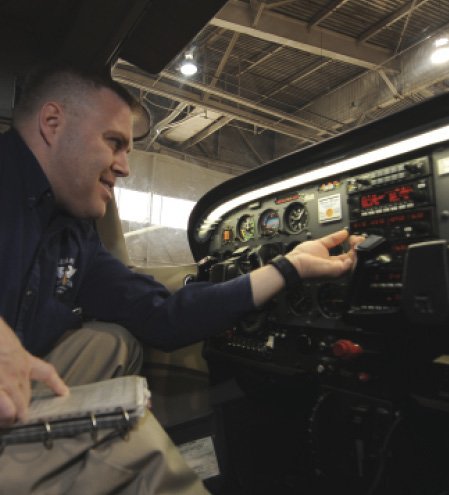
Consider a formal CFI checkout to be a requirement for all aircraft transitions unless they do not require instruction by regulation, and you are current and proficient in your present operations and aircraft. If you decide to continue with a self-transition, consider the following steps as the minimum necessary to safely undertake and complete the transition.
- Conduct a thorough risk analysis of the transition and mitigate all identified risks to acceptable levels of potential severity and likelihood.
- Before your first flight, conduct a thorough review of the POH, including normal, abnormal and emergency procedures.
- Before your first flight, conduct a thorough cockpit walk-through to establish an efficient cockpit flow for normal, abnormal and emergency procedures.
- Conduct your initial flights under day, VFR/VMC conditions.
- Set higher personal minimums for IFR operation until you are thoroughly familiar with the aircraft and its equipment.
- Once the aircraft is at your home base, conduct your first flights in the local area and perform all the typical maneuvers that you would for the private pilot practical test.
DIY? Really?
It’s probably time to emphasize that, for most pilots (and readers of this journal), it’s a good idea to engage a qualified and experienced (in your make and model) CFI for your aircraft transitions. There can certainly be hazards and consequent risks involved in doing it yourself, so the prudent pilot would take the conservative approach. Was I imprudent?
Before earning my private certificate, I had flown and been checked out in the Piper J3, an Aeronca 7AC and a Cessna 150. Among the aircraft I later flew without CFI instruction were the Piper Colt, Cessna 172, Cessna 120 and Luscombe 8E. I turned down opportunities to do the same in aircraft such as the Cessna 182 and the Piper PA32. This was before the high-performance signoff rule was implemented, yet I correctly surmised that it would be too hazardous to jump into aircraft with larger engines without proper transition instruction.
Perhaps the most imprudent self-transition I made was to a Beech Bonanza V35B. I had obtained my multiengine rating in a Beech Baron and had considerable experience flying these airplanes, yet when I bought my first Bonanza I had not one minute of time flying one. By this time, I was an experienced flight instructor and followed all the rules laid out in this article and proceeded to do my own transition. Again, I reviewed all the potential risks, yet concluded that my considerable experience in a closely identical Beech product provided adequate mitigation. I do note that all the Barons and Bonanzas I flew had the pre-1984 arrangement of flight controls. Had I purchased a 1984 or later 36-series Bonanza or Baron, the balance might have shifted in favor of finding a specialist CFI for the transition.
Final Thoughts
No guidance on this topic can be all-encompassing. You, as pilot-in-command, are solely responsible for determining whether you can safely undertake a self-transition to a new aircraft make and model. Use my experience and the suggestions in the sidebars above and on the opposite page to help make your decisions on how to transition.
Robert Wright is a former FAA executive and President of Wright Aviation Solutions LLC. He is also a 9700-hour ATP with four jet type ratings, and he holds a Flight Instructor Certificate. His opinions in this article do not necessarily represent those of clients or other organizations that he represents.

